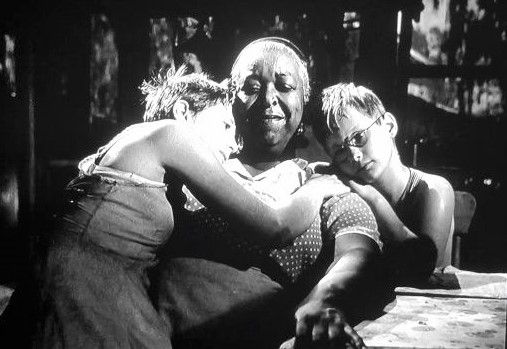The Two Maids of Ethel Waters
In 1950, the superstar singer and actor Ethel Waters checked off another box in her list of African American firsts when she starred in a weekly television series, Beulah. As the name indicates, Beulah was a maid whose raison d'être was to serve her white employers, "Mr. and Mrs. Henderson," and act as a nanny to their son, "Donnie." Although Waters brought as much warmth and humor as she could to the stereotype, the other Black characters portrayed were even flatter and more offensive: "Bill," the unemployed beau who is a braggart and a screw-up; and "Oriole," a ditzy maid (played by Butterfly McQueen, no less!) who works for the family next door.
Despite its landmark status, African American critics hated the show. "Beulah defiles and desecrates colored people," wrote a critic for The Pittsburgh Courier. "The dread and despised stereotype--that of colored people presenting themselves as buffoons, slavish menials and ne'er-do-wells." Of course, white America had no problem with the familiar minstrelsy and Beulah ran for three seasons, although Waters left after the first.
The same year that Beulah went into production Ethel Waters was enjoying a triumphant comeback on the Broadway stage playing -- an earth-mother mammy, wouldn't you know! Adapted from her successful 1946 novel, Carson McCullers co-wrote The Member of the Wedding into an unlikely Broadway hit. The story focuses on the quirky dialogue and braided interplay between three outsiders in a small Southern town: Frankie, an overly emotional tomboy on the cusp of adolescence; her six-year-old cousin John Henry; and Berenice, the fount of maternal warmth and stability.
Berenice is probably the greatest mammy role in American letters. She has a family (a doomed brother destined for jail like many Black men in the South), an interior life glimpsed through the occasional monologue, deep folk wisdom and emotional intelligence, and she keeps up with Frankie's overwrought longings and verbal ping-ponging. When she embraces both her outsider "children" in a rendition of "His Eye is on the Sparrow," only the most jaded viewer is supposed to remain unmoved. (Waters used the same title for her 1951 autobiography.)
To the greatest mammy role came one of the greatest Black talents of the twentieth century. Ethel Waters had been scoring "firsts" and successes since she began her career recording blues sides for Black Swan Records in 1921. Thirty years and 300 pounds later, she had lived through, suffered, and triumphed enough to bring true gravitas to McCullers' menial. When the play was turned into a major Hollywood movie, it was her name that went above the title – another first. (Ironically, because of that, Waters couldn't be nominated for an Oscar for what would be her best on-screen performance. No African American could be considered for a best leading role, although she had been nominated for Best Supporting Actress in 1949 for her portrayal of yet another mammy in Pinky.)
There were other stereotypes upon which Hollywood continued to draw: the Black Siren (Dorothy Dandridge in Carmen Jones) and the Tragic Mulatto (always played by white actresses). But until the spirit of the Sixties broke open these shopworn shells, Waters' maids represented the limits of Black female representation in popular culture. Still, even within those constraints, an authentic chord could be struck. Check out the final 60 seconds of The Member of the Wedding. Berenice has lost her family – to prison, to a fatal illness, and, in the case of Frankie, to the heedless abandonment of a mother the adolescent no longer needs. The pain on Mammy's face in that final close-up is far more affecting than the set piece of "His Eye is on the Sparrow." Berenice's sorrow is for herself; Waters' talent forces us to recognize the humanity of the women who work in our kitchens.
Recent Posts
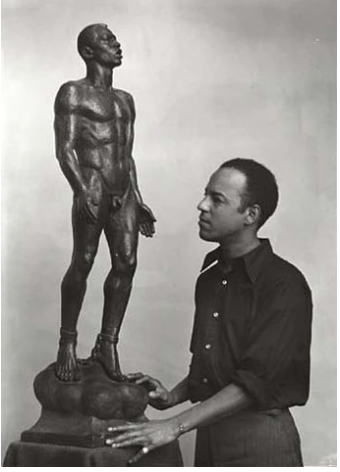
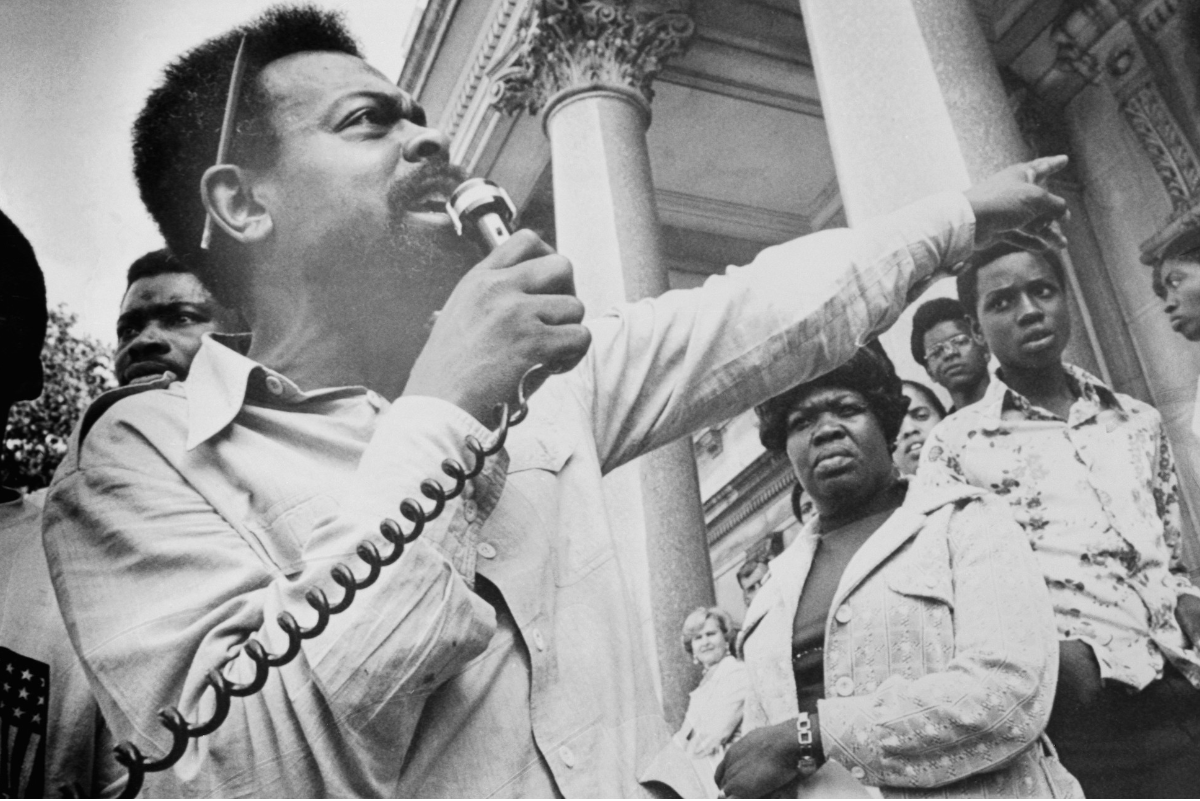
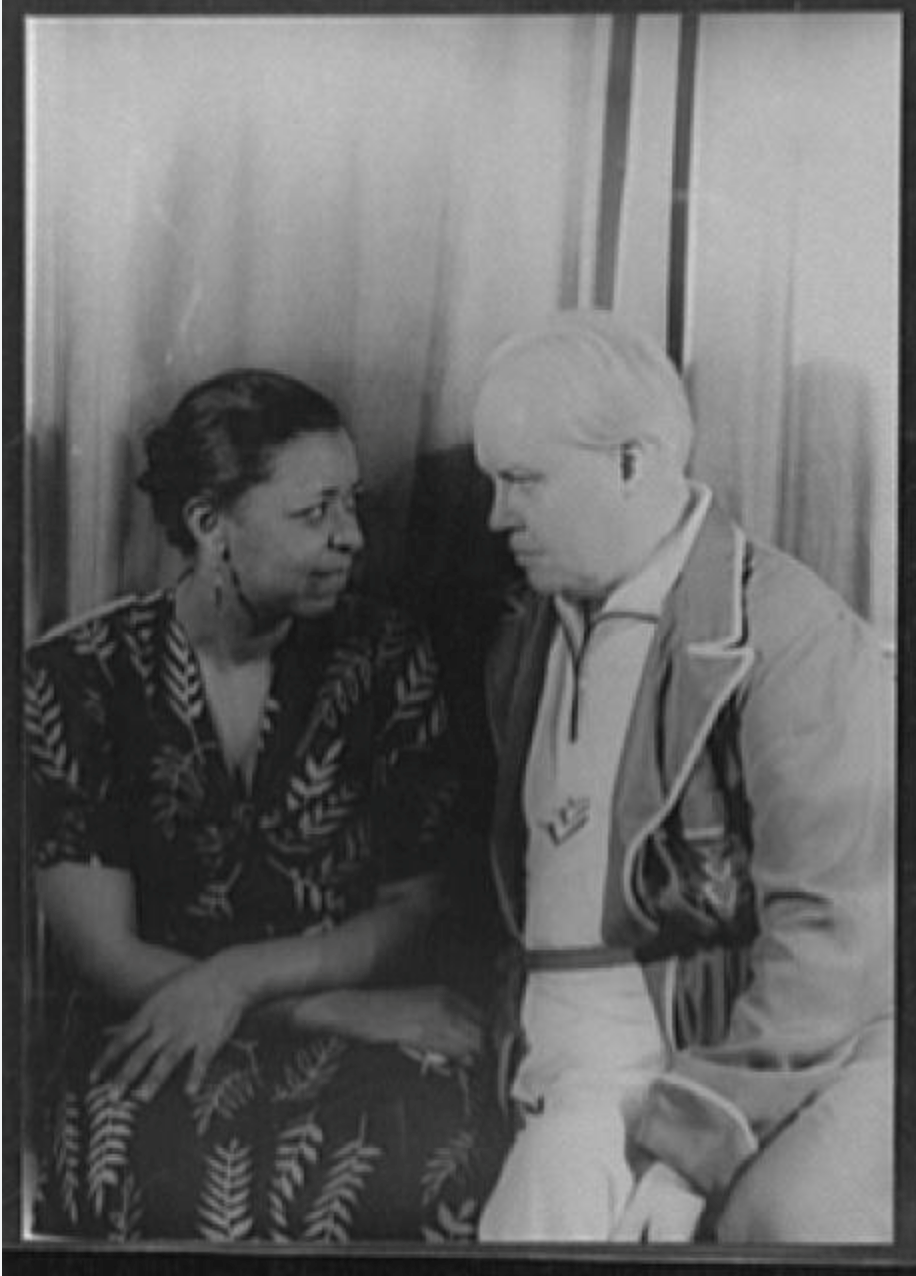
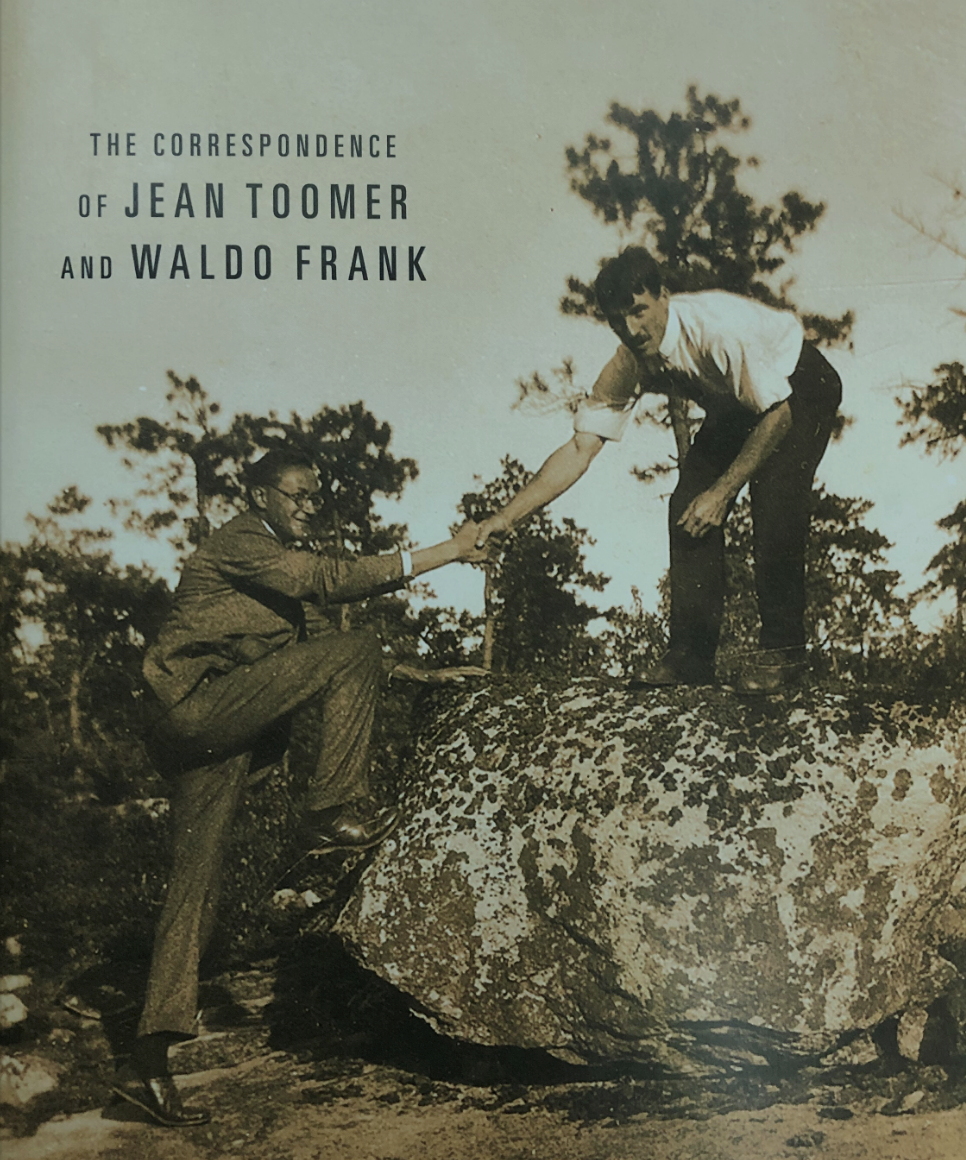
SHOGA FILMS is a 501(c) (3) non-profit production and education company. We create multimedia works around race and sexuality that are intended to raise awareness and foster critical discussion.
Contact Us
All Rights Reserved | Shoga Films
Stay Connected
Thanks for subscribing!
Please try again later.


